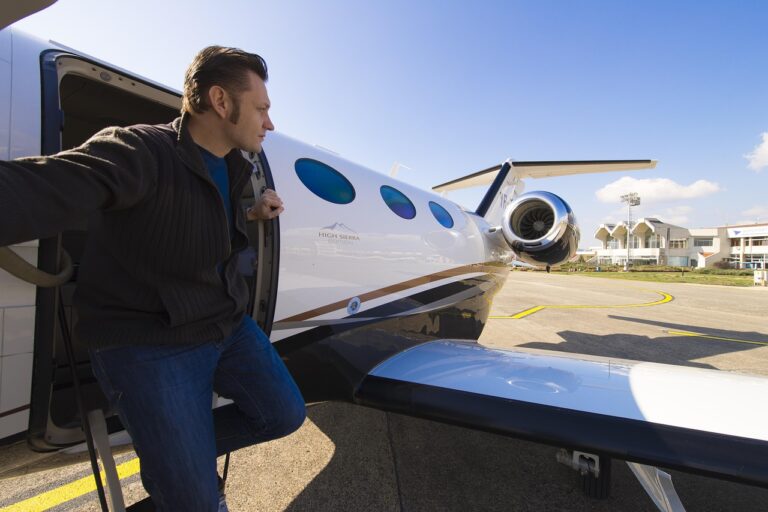What is the best way to travel around Mexico?
Mexico’s extensive transportation network offers travelers multiple options for exploring this vibrant country, from luxury buses and domestic flights to rental cars and specialty trains. Understanding each transport method can help you balance cost, convenience, and authenticity while navigating Mexico’s diverse landscapes and bustling cities.
Key Takeaways
- First-class buses offer the most comprehensive and comfortable network for exploring Mexico
- Domestic flights save significant time when covering long distances between major cities
- Rental cars provide flexibility but require mandatory insurance and toll considerations
- Urban transportation like Uber and metro systems offer economical city travel options
- The El Chepe train provides a unique way to experience Mexico’s spectacular Copper Canyon
Bus Travel: Mexico’s Premier Transport Network
Mexico’s bus system stands as the backbone of the country’s public transportation network, reaching virtually every corner of this vast nation. ADO and other premium carriers offer first-class and luxury options that rival air travel for comfort but at a fraction of the cost, featuring reclining seats, air conditioning, onboard bathrooms, and entertainment systems.
These premier buses typically cost between $15-45 USD for a 4-6 hour journey, making them both comfortable and economical. The safety record of first-class buses is excellent, as they travel primarily on main highways with limited stops at designated terminals, providing peace of mind for travelers concerned about security.

Domestic Flights: The Time-Saving Option
When covering long distances, Mexico’s domestic air network offers an efficient alternative to ground transportation. Major carriers like Aeromexico, alongside budget airlines such as Volaris and VivaAerobus, connect all significant tourist destinations with one-way fares ranging from $50-150 USD.
Flight times between major cities typically average just 1-2 hours, drastically reducing travel time compared to buses or driving. With 64 international airports and numerous domestic hubs across the country, air travel provides quick access to distant destinations like Cancun, Los Cabos, or the Yucatan Peninsula from central Mexico.
Renting and Driving: Freedom to Explore
Rental cars provide unmatched flexibility for exploring Mexico at your own pace, especially for reaching off-the-beaten-path destinations. Major international rental companies operate throughout Mexico, with daily rates ranging from $25-60 USD for standard vehicles, though this rarely includes the mandatory Mexican liability insurance.
Mexico’s highway system is divided between toll roads (cuotas) and free roads (libres). The toll highways are well-maintained with limited access points and offer the fastest routes between major destinations, though costs can add up quickly at $5-15 USD per segment. The Troncal highways connect major cities, while libre roads provide more scenic alternatives for travelers not in a hurry.
Urban Transportation Options
Within Mexican cities, travelers have multiple convenient options for getting around efficiently and economically. Uber has transformed urban transportation by operating in 33 Mexican cities with rates approximately 40% cheaper than traditional taxis while providing added security and fare transparency.
Mexico City boasts an impressive metro system serving 1.5 billion passengers annually with tickets costing only 5 pesos (approximately $0.25 USD). For an authentic local experience, collectivos (shared vans) operate set routes in many tourist areas and between neighboring towns for just $1-5 USD per journey, offering frequent departures and cultural immersion.
Specialty Transport: Trains and Water Travel
While Mexico’s once-extensive passenger rail system has largely disappeared, the Chihuahua al Pacífico Railway (known as El Chepe) offers Mexico’s only major passenger train experience. This scenic journey through Copper Canyon costs between $75-180 USD depending on class and provides access to spectacular landscapes inaccessible by other means.
Water transportation plays an important role in certain regions of Mexico. Ferries connect the Baja California peninsula with mainland Mexico at $75-100 USD with a vehicle, while water taxis serve coastal tourist areas like Puerto Vallarta, Cancun, and Cozumel. These aquatic options often combine practical transportation with sightseeing opportunities, adding value beyond mere conveyance.
Sources
Mexico Desconocido: Transporte en Mexico




